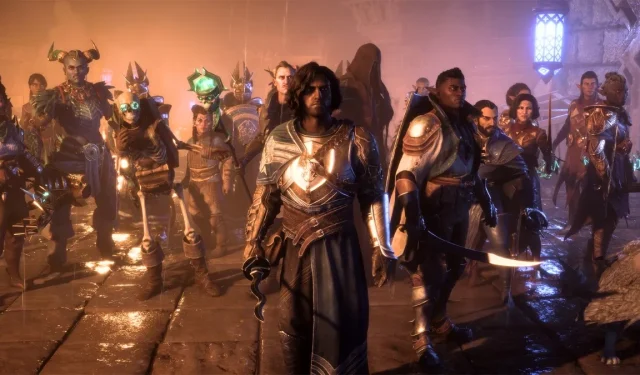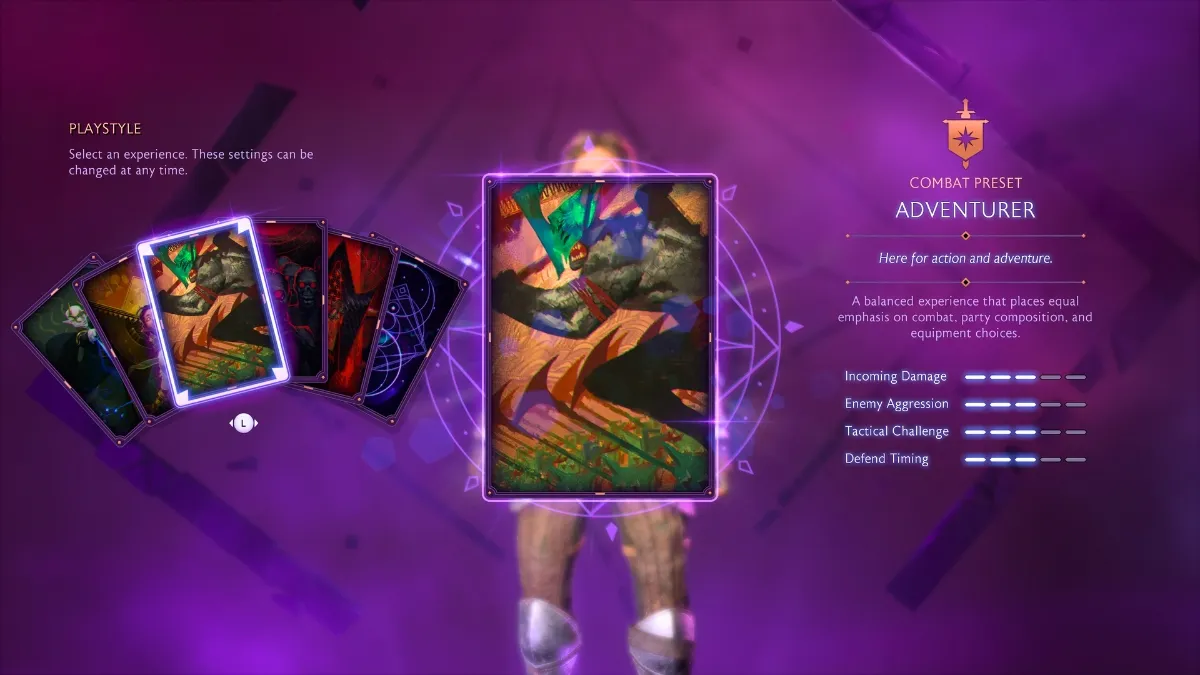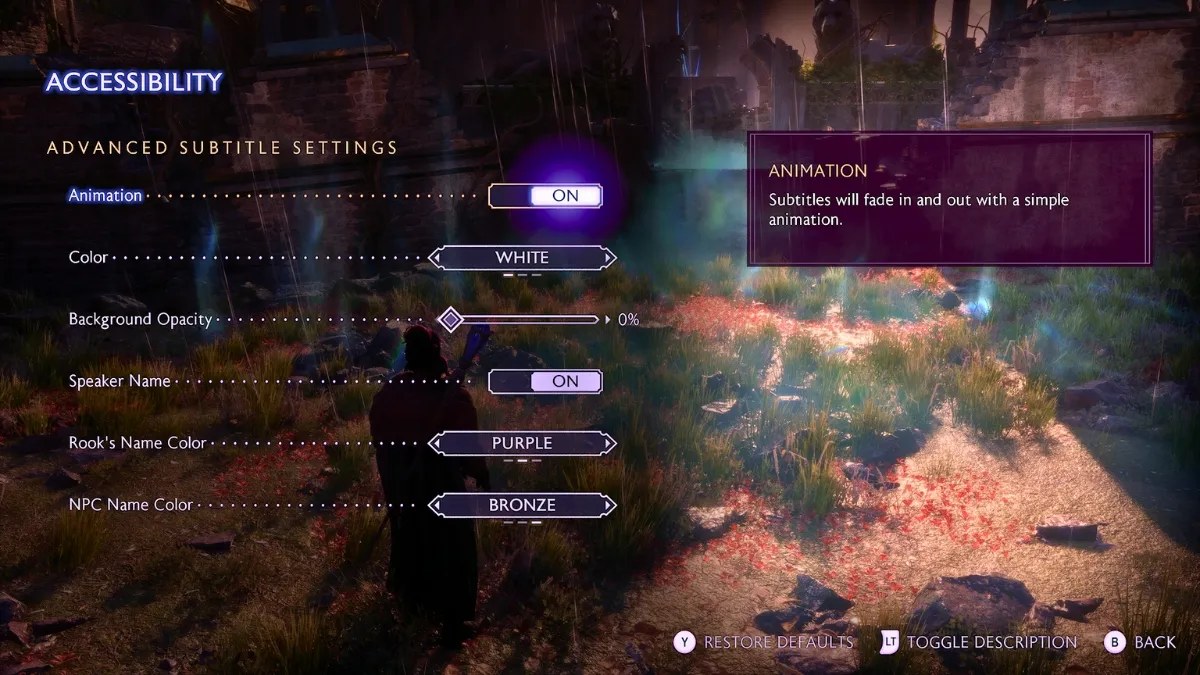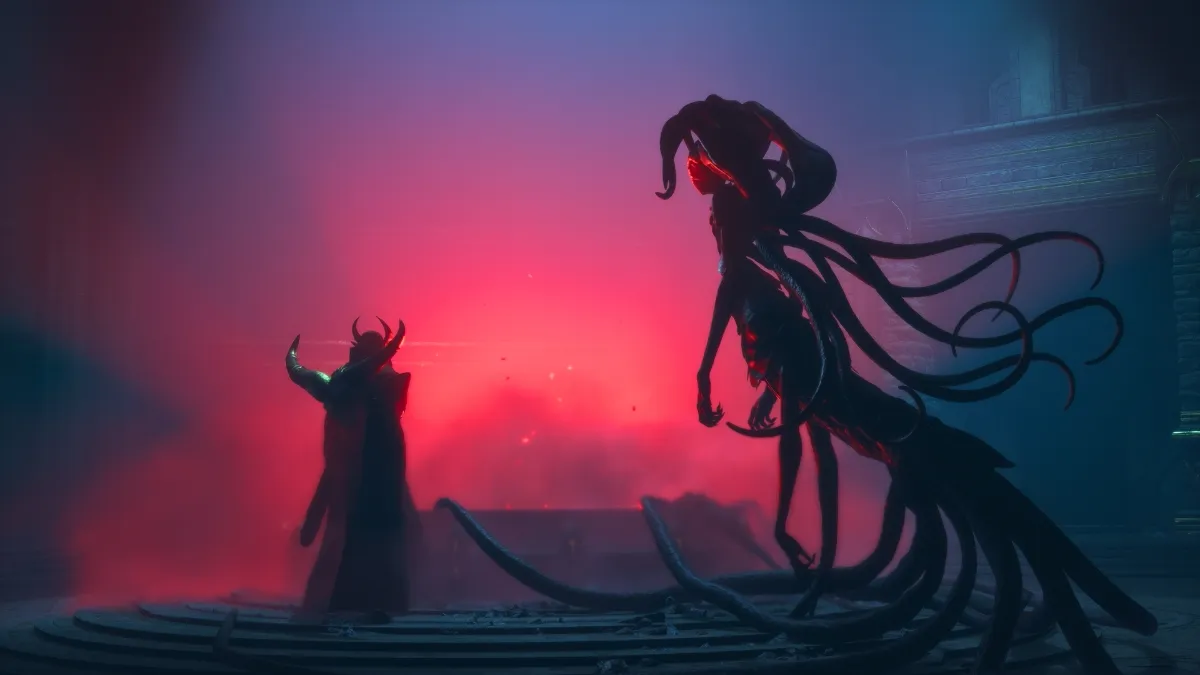
Unlike the original Dragon Age: Origins that debuted BioWare and EA Games’s flagship fantasy series back in 2009, Dragon Age: The Veilguard carves a new path for itself. Resonating more with 2014’s Dragon Age: Inquisition, this latest adventure unfolds a decade after the Trespasser DLC, yet it confidently establishes its individuality. Notably, the game embraces a fresh, exhilarating direction, emphasizing the rich diversity of its characters and an infusion of horror elements that elevate its fantastical narrative.
After a long-awaited return to Thedas, I find myself completely captivated by Dragon Age: The Veilguard. While it may not be flawless, it encapsulates so much of what I yearned for.
The Complex and Rich Narrative of Dragon Age: The Veilguard
My first playthrough of Dragon Age: The Veilguard lasted roughly 66 hours, during which I completed almost all side quests and collections. I say “almost” because, similar to Mass Effect 3, some quests become unavailable if not tackled promptly. Missing a prompt is also possible if you don’t engage with all characters upon each return to the Lighthouse, Solas’s Fade sanctuary and your team’s operational hub.
The narrative of Veilguard progresses at a brisk pace, demanding players pay close attention to details and a commitment to uncovering as much as possible as Rook strives to prevent ancient, corrupted Elven Gods from wreaking havoc. The story is intricate, full of surprising twists that caught me off guard on multiple occasions. I experienced several jaw-dropping moments during cutscenes, needing time to process these revelations before continuing. While some plot points felt somewhat predictable or convenient, they did not significantly diminish the overall experience or the weight of the choices Rook faces.
Solas, the notorious Dread Wolf, has committed many horrific acts; however, he pales in comparison to the primary antagonists in Dragon Age: The Veilguard. His goal is to disrupt the Veil separating Thedas from the demon-riddled Fade, aiming to restore elven glory and immortality. As illustrated in recent gameplay footage, Rook and the team’s first significant action is to intervene in Solas’s ritual, inadvertently unleashing two of his oldest foes, Elgar’nan and Ghilan’nain.

These deities prove to be significantly more daunting and powerful than Solas, with far more perilous ambitions. They attract ruthless factions from all corners of Thedas, such as the Venatori, and their emergence exacerbates the Blight exponentially. A hallmark of the Dragon Age franchise, The Veilguard presents numerous adversaries to overcome, and the presence of the corrupted gods not only raises the stakes but also infuses the game with horror, honoring the darker themes of the series while propelling it forward.
Rook gets assistance from familiar advisors like Varric, who reprised his role from Dragon Age 2 and Dragon Age Inquisition, along with several other returning favorites from the Dragon Age comics published by Dark Horse.
Like prior installments, each Companion has a personal narrative arc, which can feature romance options if players desire. The gift-giving mechanic from Dragon Age: Origins is back, allowing players to deepen bonds, while some storylines are brief, whereas others are more elaborate. Several Companion narratives are deeply moving, particularly those of characters who often feel overlooked in sci-fi and fantasy tales. (I shed many tears, but I’ll share more once the game launches.)
Faction quests are also included, designed to enhance Rook’s allies’ influence, engaging with pressing social issues like dismantling oppressive regimes and rescuing captives. These faction quests rank among my favorites due to their impact on both Companions and the main storyline.
Every decision is significant, but some resonate more profoundly than others. Choices with lasting effects are indicated by a HUD pop-up before and after selection, offering insights on how NPCs remember and interpret your dialog. A statement made in Act 1 could resurface in the finale or Act 4, so select wisely. Your options during the ending will mirror your gameplay paths leading up to that moment. The more side quests and Companion missions you wrap up, the higher the likelihood of achieving your desired conclusion.
I managed to secure what could be considered “the good ending,” having invested considerable effort to achieve it.
Innovative Gameplay Enhancements

BioWare has showcased an abundance of gameplay footage for Dragon Age: The Veilguard, including a four-part series highlighting high-level combat. There are several notable changes from past games: Rook now only takes two Companions on quests instead of three; switching between controlling Rook and the Companions is no longer an option during gameplay; and the strategic top-down combat view used previously has been removed. Additionally, rogues can now engage in both ranged and melee combat with bows and dual-wielded blades (previously, players had to choose one), while mages utilize spell blades for melee situations.
Initially, I found these changes concerning, as I often relied on the ability to switch characters for tackling specific challenges. The reduction of one party member was also daunting. However, once I began playing, my apprehensions subsided. The Veilguard introduces innovative mechanics that enable Rook to resolve puzzles without needing to swap to other characters, eliminating the need to return to camp to fetch specific skills. This results in a more fluid exploration experience and a smoother progression through levels and quests.
Combat has a renewed emphasis on character synergy. Rook possesses an Ultimate ability that builds over time for high damage, complemented by select special abilities from their skill tree (each warrior, mage, and rogue offering three specializations). Some of these abilities pair with those of Companions or combine among themselves for powerful attacks. The revamped combat wheel is intuitive and user-friendly, with prompts directing focus on the best available moves.
Players can choose from six distinct difficulty levels, adjustable at any time via the settings menu. “Storyteller” mode emphasizes narrative over combat, alleviating the stress of navigating equipment and combos, while “Adventurer” strikes a balance between storytelling and combat. “Nightmare,” on the other hand, presents the most challenging gameplay environment. I appreciated the option to fully customize difficulty settings, allowing for a more tailored gaming experience.
Accessibility Features at Every Level in The Veilguard

I found an extensive range of customizable options in Veilguard’s accessibility settings that catered to my gameplay preferences. I could modify text size and color, enable speaker identification in captions with distinct colors, and even tweak accessibility sound effects and combat text. Furthermore, I remapped portions of my Xbox controller and tailored both graphics and audio settings to suit my needs.
To be candid, I’m genuinely impressed with Veilguard’s commitment to accessibility, which isn’t a common sentiment I have regarding major studio releases. While I recognize there’s always room for improvement, I found far more options available than in most of the titles within my gaming library, which I truly appreciate.
Overall Impressions of Dragon Age: The Veilguard

The narrative of Dragon Age: The Veilguard resonates with me deeply. I appreciate its characters, world-building, and the intricacies of level design. The game succeeded in holding my attention, keeping me emotionally engaged, even during its most heart-wrenching scenes. I began a second playthrough less than an hour after completing my first, eager to try out different class and background configurations for Rook.
There are countless delightful details within the game. You can pet cats, dogs, and Davrin’s baby griffon named Assan. Engaging in a game of rock, paper, scissors with Manfred adds a fun twist. The Lighthouse evolves as more Companions join, and every region is breathtaking. For a change, the fashion aspect is on point, enabling players to choose the appearance of armor and weaponry without compromising on strategy.
Significant themes are also woven throughout the game. Initially a self-proclaimed Solas critic, I entered Veilguard with the intent to confront him fiercely, then escape into the sunset with Lace Harding. By the end of my first playthrough, my feelings toward the Dread Wolf were much more nuanced, spurring a longing to delve further into Thedas’s intricacies and lore for countless more hours.
Though I could dissect Veilguard on a detailed level, perhaps someday I will, but overall, I genuinely adore this game. It offered me an enjoyable experience and delivered a satisfying emotional conclusion, which was my ultimate desire.
Dragon Age: The Veilguard launches on PlayStation 5, Xbox, and PC through Steam and Epic Games on Thursday, October 31. The Standard Edition retails for $59.99, while the Deluxe Edition is priced at $79.99.




Leave a Reply